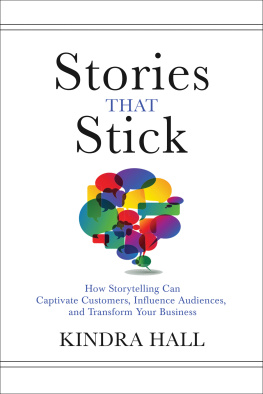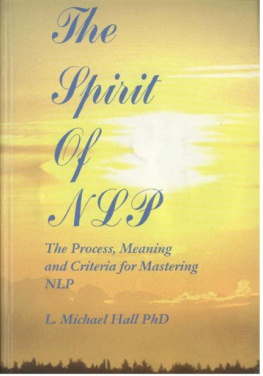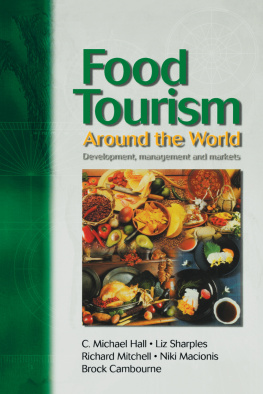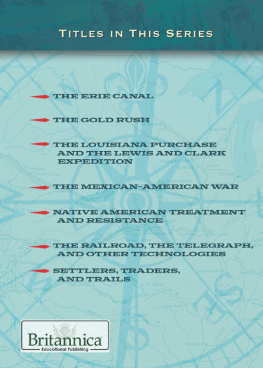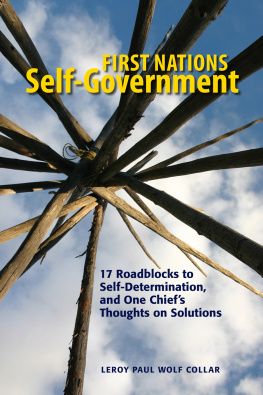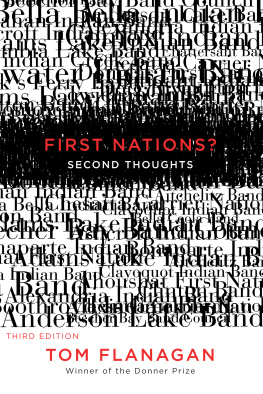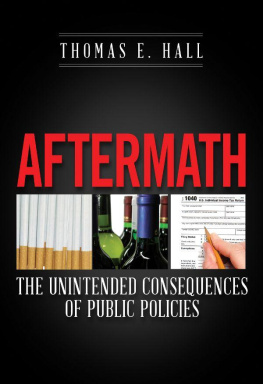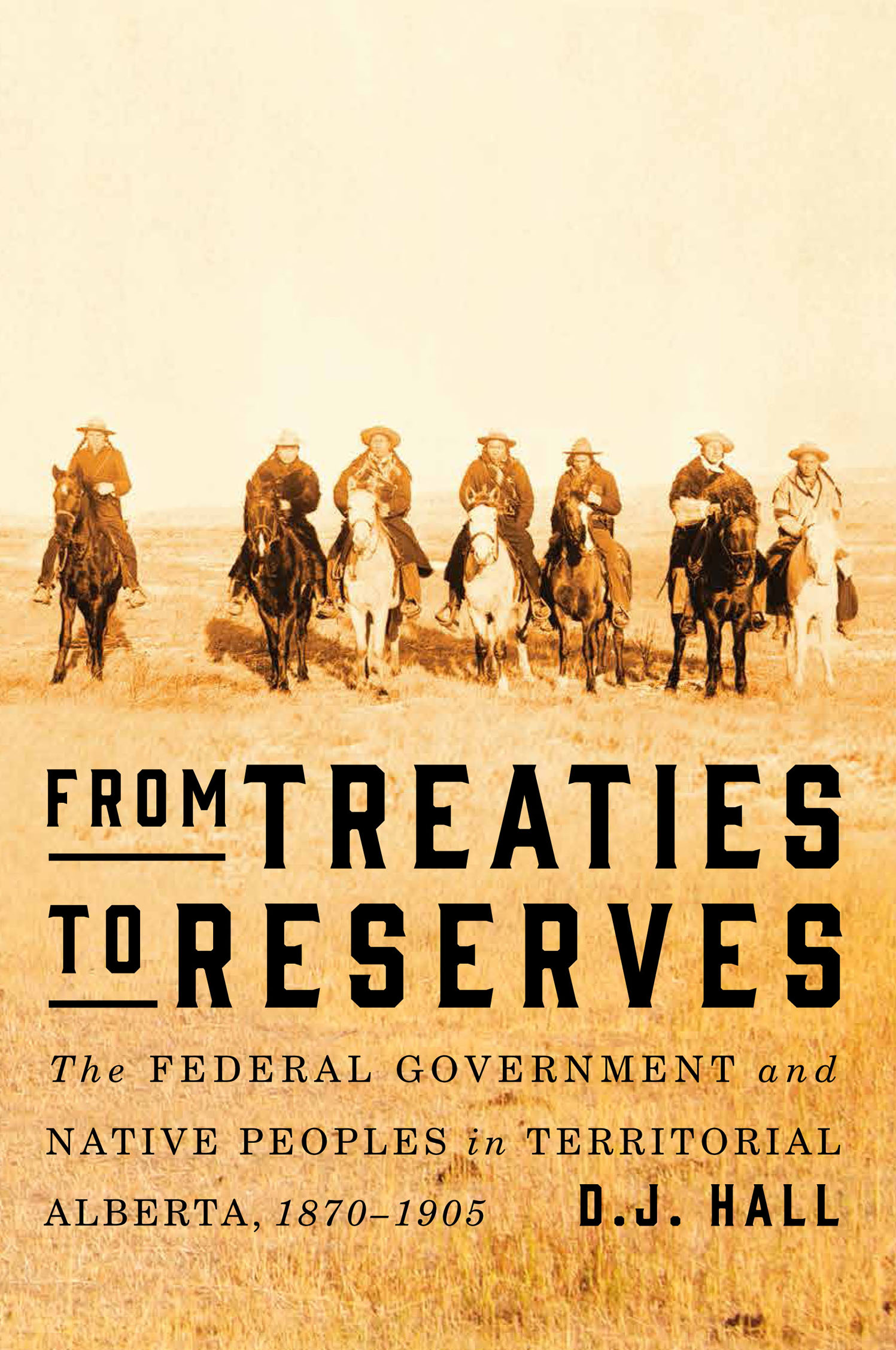From Treaties to Reserves
From Treaties
to Reserves
The Federal Government
and Native Peoples in Territorial Alberta, 18701905
D.J. Hall
McGill-Queens University Press
Montreal & Kingston London Chicago
McGill-Queens University Press 2015
ISBN 978-0-7735-4594-6 (cloth)
ISBN 978-0-7735-4595-3 (paper)
ISBN 978-0-7735-9768-6 (e pdf )
ISBN 978-0-7735-9769-3 (e pub )
Legal deposit fourth quarter 2015
Bibliothque nationale du Qubec
Printed in Canada on acid-free paper that is 100% ancient forest free
(100% post-consumer recycled), processed chlorine free.
McGill-Queens University Press acknowledges the financial support of the Alberta Lottery
Fund and the Alberta Historical Resources Foundation in the publication of this book.
McGill-Queens University Press acknowledges the support of the Canada
Council for the Arts for our publishing program. We also acknowledge the
financial support of the Government of Canada through the Canada Book
Fund for our publishing activities.
Library and Archives Canada Cataloguing in Publication
Hall, D.J. (David John), 1943, author
From treaties to reserves: the federal government and Native peoples
in territorial Alberta, 18701905 / D.J. Hall.
Includes bibliographical references and index.
Issued in print and electronic formats.
ISBN 978-0-7735-4594-6 (cloth). ISBN 978-0-7735-4595-3 (paperback).
ISBN 978-0-7735-9768-6 (e PDF ). ISBN 978-0-7735-9769-3 (e PUB )
Native peoples Alberta Government relations History 19th century.
2. Native peoples Alberta Government relations History 20th century.
3. Indian reservations Alberta History 19th century.
4. Indian reservations Alberta History 20th century. I. Title.
E A H 34 2015 971.23004 ' C 2015-905249-1
C 2015-905250-5
This book was typeset by Interscript
To Adeline
For unwavering support
and uncompromising honesty
Contents
Acknowledgments
As every author knows, many personal debts are accumulated, and new friendships made and old ones strengthened, during the long journey of producing a manuscript. I am grateful to the late John Eagle for many discussions of this book in its early stages over several years; and to Rod Wilson, who, over numerous lunches, patiently and engagingly broadened my understanding of Native peoples, and acted as a sounding board for many of my ideas. Merrill Distad, Dale Gibson, Ted Binnema, and Don Smith all read early drafts of the manuscript, pointed out many errors, made many thoughtful suggestions, and always left me encouraged. I acknowledge my debts to them at numerous points in the text and endnotes. I take full responsibility for any errors, omissions, or other shortcomings. I also mostly profited from the comments of anonymous readers, and the book is better for that process. Thanks as well to Lorie Huising, whose technical expertise proved enormously helpful, and to Maurizio Yamanaka, for drawing the maps.
I have always learned much from teaching, from having to clarify my ideas for students, and from the stimulation of discussion, debate, and even dealing with student assignments. I miss that in retirement, but want to acknowledge two groups in particular: the fine graduate and senior undergraduate students who studied aspects of Native and early Alberta history with me at the University of Alberta in 2009; and the wonderful classes of outspoken, frank, and enthusiastic seniors with whom I engaged each May in the Edmonton Life-Long Learners Association program over several years, also at the University of Alberta. Students rarely know how fruitful these interactions can be for their instructors.
Mark Abley, of McGill-Queens University Press, believed in this work and guided me through the approval process with enormous patience and wisdom; I cannot say how much I have appreciated him. Production of a book is a team effort for the publisher, and I am grateful to all who have contributed in their various ways. In particular, I acknowledge Ryan Van Huijstee, Jessica Howarth, Joanne Pisano, Filomena Falocco, and Jacqui Davis.
Finally, thank you from the depths of my heart to Adeline, whose love and unshaking conviction of the value of my work have been the rock upon which I have depended over these many years.
A Note on Terminology and Spelling
Terminology with reference to Canadas Native peoples is fraught with difficulty and controversy. Indians, the oldest term, is a colonialist designation of mistaken identity, but it has stuck mainly because (as in India itself) the diverse languages and cultures of Native peoples could provide no single word that could have widespread acceptance. It is often unclear whether the term connotes only status Indians (those with treaty rights, mostly on reserves), or whether it includes non-status Indians as well. Still, the term continues to be widely used by Indians themselves, and by many scholars who write on related matters. In the period addressed in this book it not only was the term most widely employed, but also had legal significance; I have used it to refer to those Native peoples who white people of the day termed Indians, both status and non-status. I also use Native peoples, which may have a wider meaning (depending upon context) and may include the Metis.
Some prefer the term aboriginal peoples, though it too carries problems of ambiguity and differentiation, and I do not use it in this book. Less useful is Amerindians, a word intended to distinguish between the Indians of India and those of the Americas, and extensively used in the United States. Despite its adoption by a few distinguished Canadian scholars, such as Olive P. Dickason, most historians of Canadas Native peoples have avoided it, and I have tried to minimize its use in the present work. First Nations, though widely used, even preferred, since the 1980s, seems to me anachronistic when applied to the past, when it was unknown; there is also frequent uncertainty as to whether it includes only status Indians, or all Indians, or Metis, or all groups together. It has been widely adopted by many of Canadas Native peoples, and increasingly by scholars writing on the subject and in legal documents. Nevertheless, for clarity, I lay it aside.
Even Metis carries mixed messages. In the mid-nineteenth century and later, the term was spelled Mtis and usually denoted persons of mixed French and Native ancestry; many still prefer that spelling. To refer generally to people of mixed Native and non-Native parentage, the common term in English during the period studied herein was halfbreed or half-breed, which has such disparaging connotations that it is now socially unacceptable. Yet it was the common term throughout the period of this book, and so it appears in a number of quotations. I have tried otherwise to use Metis, which toward the end of the period was coming to have a more generic application than only to those with some French blood and according to Gerhard Ens is generally used among Metis today.
Referring to the Indians of Treaties 6 and 7
Indians in the period under review usually used the tribal names, but white people did so very rarely. I have endeavoured to use tribal names where feasible, but popular English names come up regularly in the documentation and in some contexts it makes sense to use them.
The Nizitapi (Blackfoot) culture embraced by Treaty 7 (1877) in what became southern Alberta had three principal identity groups who all spoke the Blackfoot language and gathered on three separate reserves. The American component in Montana, known as the South Piegan, is on the Blackfeet Indian reservation. The Canadian groups, by their tribal names followed by their official and popular names during the period, are the Siksika (Blackfeet), Kainai (Blood), and Piikani (or Pikunni, or Peigan). Of these, the Kainai still frequently use Blood to refer to themselves, and still have a Blood Tribal Council.


